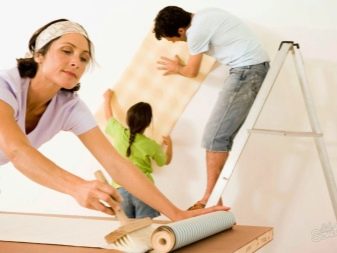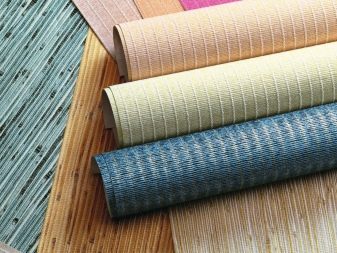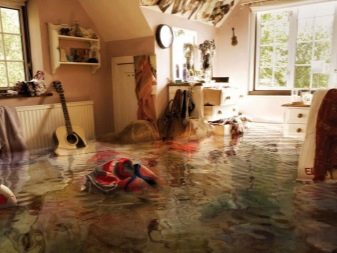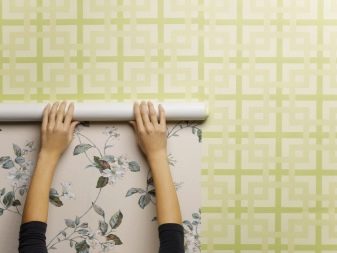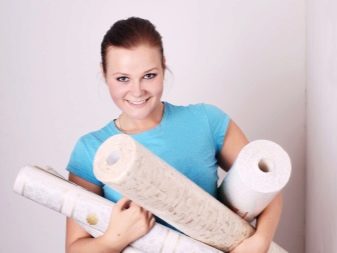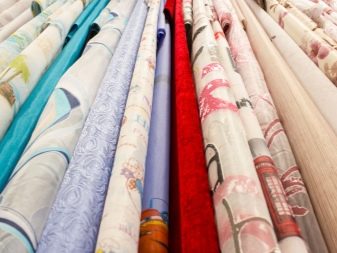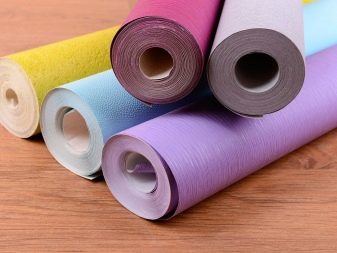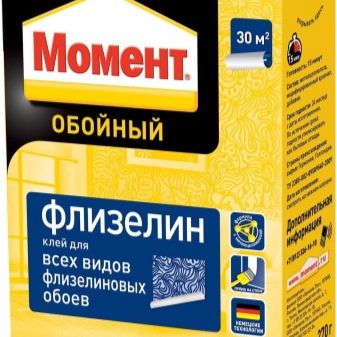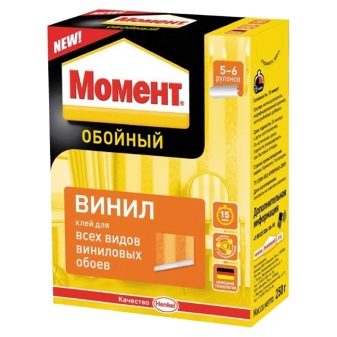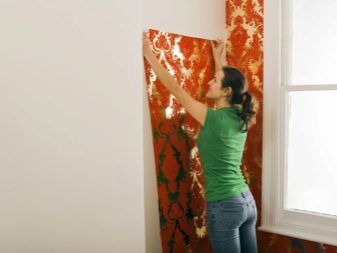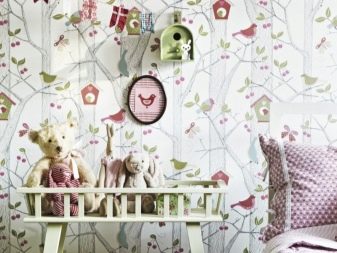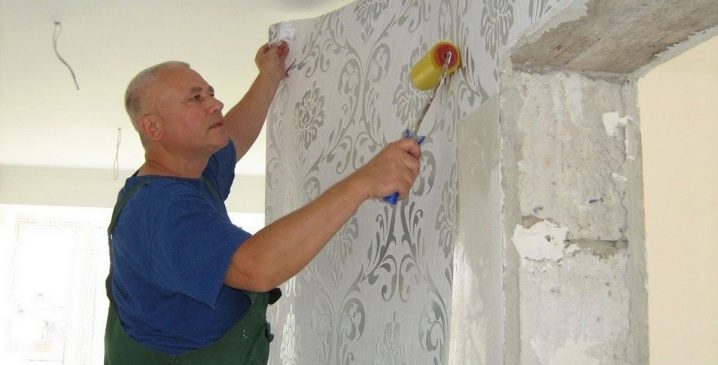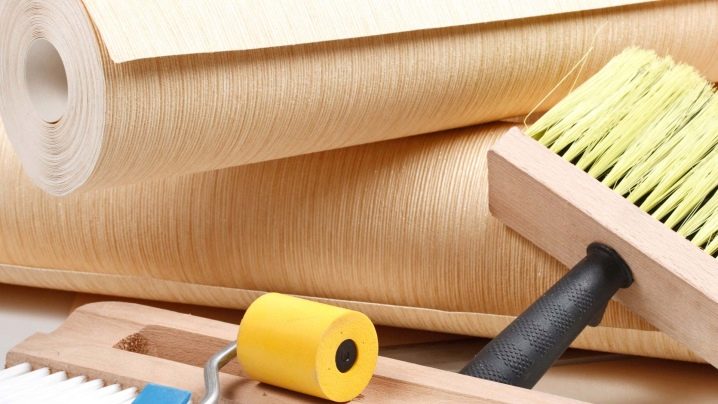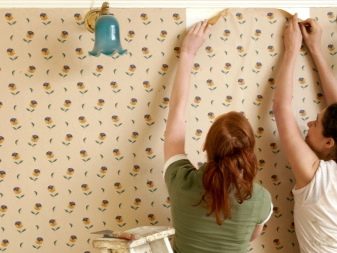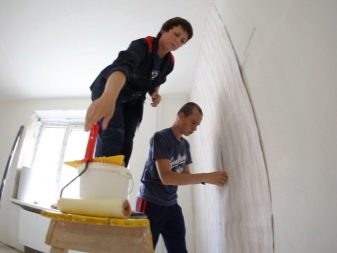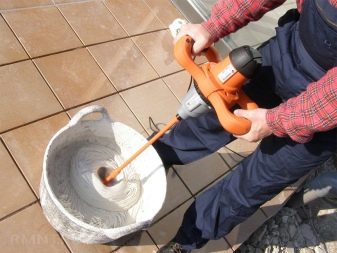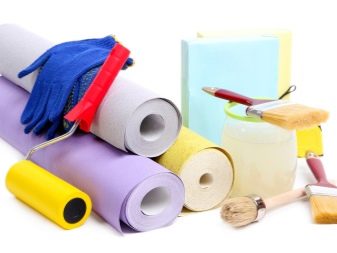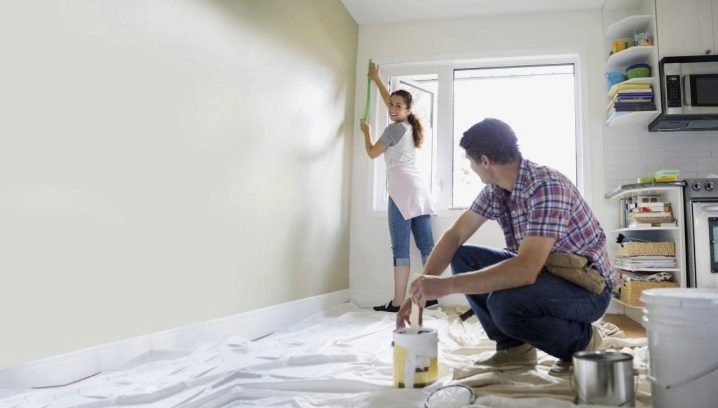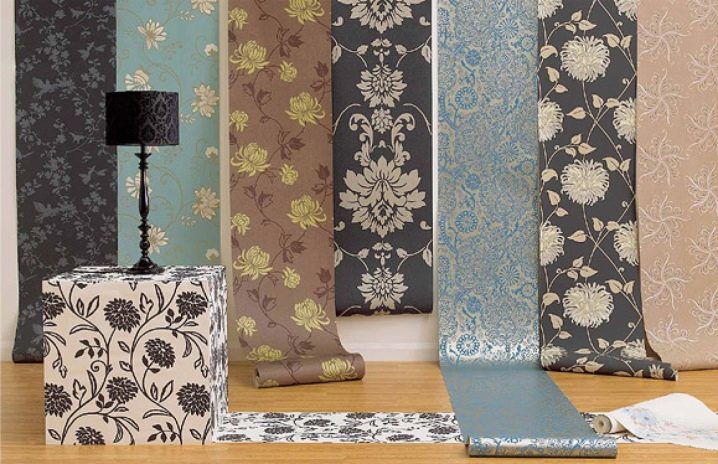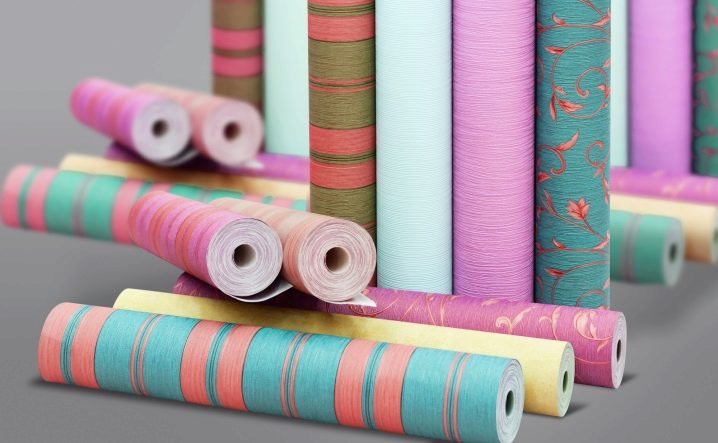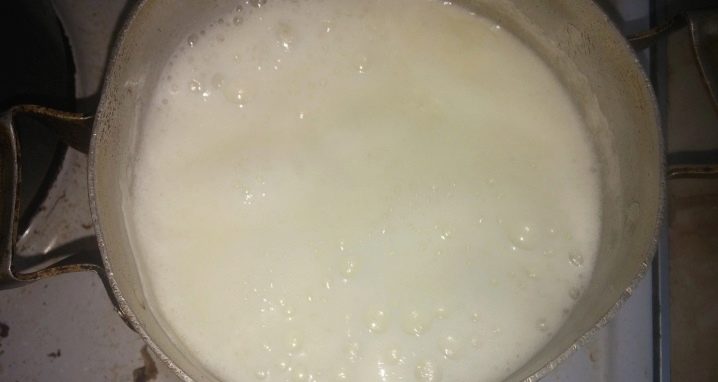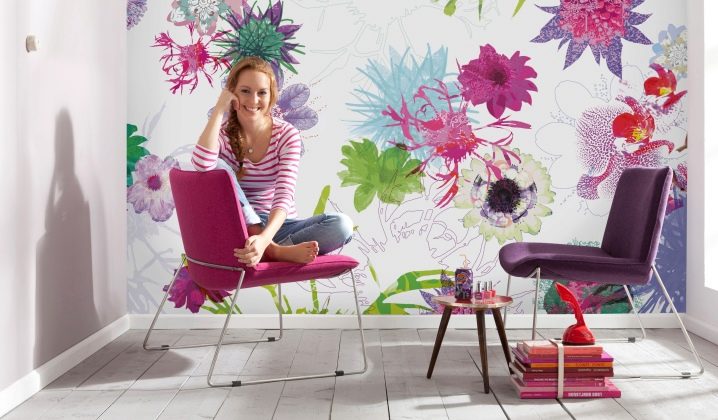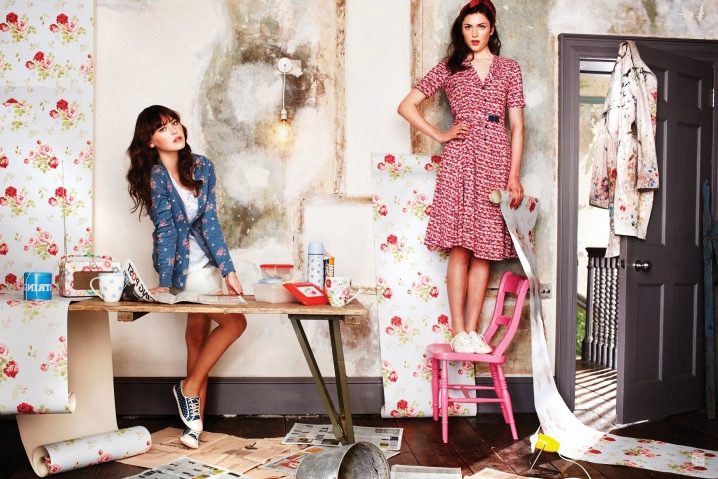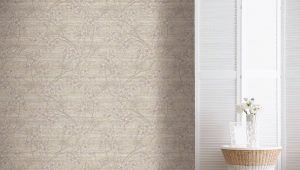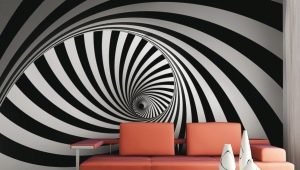How to dilute wallpaper glue?
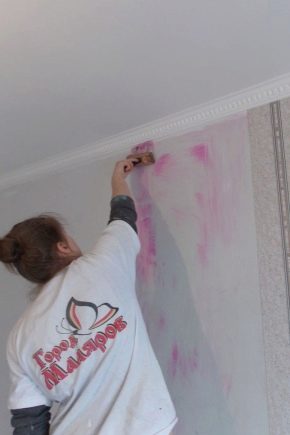
So, you decided to change something in your life. And, of course, start with the repair of the apartment. The next few months you will not be bored, especially if you decide to update the home with your own hands. And most likely, the main work will fall on wallpapering. Much of the success depends on how thoroughly you prepare for this event. First, you should ask - how to properly dissolve the glue for wallpaper. But before that you need to understand which type you prefer.
Types of wallpaper
One of the most common and well-known - paper. They are popular because of low prices and ease of handling. Single-layered - with a smooth surface, double-layered with a relief.Flizelinovye consist of a paper basis and fibers from fabric. Buyers have long appreciated their main qualities: strength and good resistance to moisture.
The situation when your neighbors are flooding you from above is familiar to many. And if the usual wallpaper from water deteriorate permanently, then with non-woven everything is different. They can be dried and glued to the wall again. They will look like new.
For vinyl wallpaper is characterized by deep embossed drawings. Acrylic is called "breathable." Externally from vinyl, they do not differ. In addition, there are still textile, metallized, glass wall. AND a specific glue is used for each type, which, of course, facilitates repair work. After you have decided on what kind of wallpaper will decorate your rooms, you can think about the glue. Usually it is sold in the same department, and the seller will necessarily tell you which one is better to choose.
How to choose the right glue?
There are three types of glue. For light wallpaper, having a paper base, and he is not able to cope with other species.
The composition for heavy (vinyl and natural) includes PVA glue. There is also a universal one, it is intended for all types of decorative coatings, including non-woven wallpapers. Here the most important thing, focusing on the instructions, properly prepare the glue.Especially popular in this case is "Metylan". It is especially convenient if the glue contains a so-called indicator. Due to the pink shade, you can evenly apply the composition to the paper web without missing a single area, which is very important when gluing wallpaper to the wall. After drying, the dye does not leave any stains.
For conventional paper coatings, traditional wallpaper glue is perfect. "Moment". There are varieties of it for vinyl and non-woven wallpapers. It is called "Extra moment", "The moment of interlining", "The moment of vinyl". The composition of many modern adhesives include bactericide and fungicide. If you do not want to repeat the repair in the near future, it is better to choose a composition with such components. In this case, you will insure yourself against mold, fungus and blood-sucking insects.
How to calculate?
If you do not want to be distracted from the repair and interrupt an exciting lesson at the most interesting place, think in advance how much glue you will need. Notice if your walls are even. If their quality leaves much to be desired, produce a primer. Perhaps from the first time you will not be satisfied with the result.And the procedure will have to be repeated twice.
Consider what type of wallpaper you are using. If they are heavy, then more glue will be spent on it, since it must be thickened. Wallpaper in this case will hold well and after drying will not peel off at the joints. Some the next day correct their mistakes using superglue. Do not allow this. When removing the joints, use a special pencil. Thanks to the thin rod, it is convenient to use. After him, no trace remains. And the pattern on the wallpaper will not suffer
Useful tips
Prepare in advance all that you may need:
- clean capacity, preferably about 10 liters;
- water at room temperature;
- spatula for stirring, measuring spoon;
- drill mixer
- We proceed to the preparation of glue and observe the proportions indicated on the package.
- Stir the water with a stick, pour out the right amount of powder in a thin stream. Then we connect a drill or a conventional mixer and achieve a smooth consistency, without a single lump.
- Always plant only one half of the box. Then, if necessary, the second. It is better to add glue in the first half hour, then it will swell, it will be difficult to stir it evenly,and in the water will remain clots that you do not need.
- There is a little trick when breeding glue. Use only one nozzle from the mixer. With its help, the mixture will be evenly stirred and at the same time nothing will scatter around the container.
- When the glue is fully prepared, leave it for 15-20 minutes so that it is well swollen.
How much to store?
Situations are different. You have prepared all the glue, and the repair had to be postponed. Or there was an extra solution, and before the wallpaper in the next room is still far away. There is no single answer to the question how much to store the diluted glue. It all depends on its quality and other factors. But you can insure yourself against using a low-quality product.
Pack the remaining glue on top with plastic wrap or close with a tight lid. As such, it can be stored for two to five days. After this period, see for yourself: whether the glue has an unpleasant smell, whether the consistency has changed. With these signs, throw away the glue. If it looks quite decent, try to paste a small piece of wallpaper on any part of the wall and check how it holds.If after drying everything is normal, proceed to a large volume.
There are ready-made types of glue, sold in a liquid state. It is convenient because it does not need to be diluted, in its manufacture ideal proportions are observed. And manufacturers guarantee that it can be stored for a year and not lose its properties and quality.
Cooking paste
Despite the abundance of various types of glue, some prefer to prepare the mixture at home, believing that there is nothing more reliable. The pasteur is made from ordinary flour (150 grams per liter of water). Pour the flour into a clean container, add water, carefully stir until a homogeneous consistency. Then cook over low heat for 7-10 minutes. If after cooling, there are still lumps, we filter the glue through a sieve.
It should be noted that paste is only suitable for simple paper wallpaper. Flizelinovye them do not need to glue. The next day, the sheets will move away from the wall and it will be problematic to glue them. The klester will break the wallpaper structure and the special glue will not take them anymore.
Do not save and do not create yourself extra problems. After all, you do not repair for one day, but at least for a year, or even more.
To learn how to make a paste, see the next video.
Popular Wallpapers
Now many people prefer to choose non-woven. With a variety of colors and patterns, they are of high quality. And if you choose the right glue and dilute it in accordance with the instructions, this wallpaper will last a long time.
If you have uneven walls with cracks, roughness, this type of coating will easily hide it. No need to further treat the surface. It is enough to put glue on the walls, and then immediately glue the wallpaper.
In a word, decide and choose you. Do everything right and successful repair!

